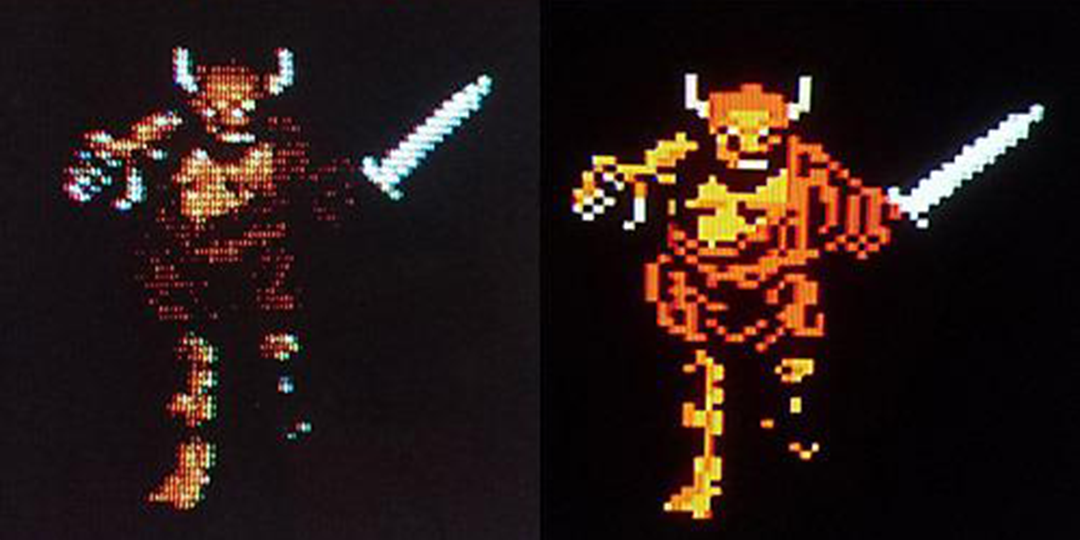It’s a fundamental truth about gaming that as technology advances, so too do our expectations of what constitutes visually stunning graphics. However, there’s a curious phenomenon that occurs when we look back at the games of yesteryear through the lens of nostalgia… We remember them fondly, but when we actually try to play them on our high-definition TVs or ultra-sharp monitors, the reality can be a harsh wake-up call.
The Rose-Tinted Glasses of Nostalgia
Nostalgia has a powerful effect on how we perceive things, including the graphics of old video games. Many of us have cherished memories of spending hours engrossed in games that, at the time, felt cutting-edge and visually stunning. Whether it’s the blocky sprites of the original Super Mario Bros. or the pixelated landscapes of early RPGs like Final Fantasy, these games hold a special place in our hearts.

The Reality Check of Modern Displays
However, when we fire up these classics on our modern high-definition TVs or high-end monitors, the experience can be jarring. What once looked vibrant and immersive now appears pixelated, jagged, and, in some cases, downright ugly. The limitations of older hardware become glaringly apparent when stretched across the expansive canvas of today’s displays.
Pixel Art: Lost in Translation
One aspect of old game graphics that often suffers the most on modern displays is pixel art. Pixel art, characterized by its deliberate use of blocky, pixelated graphics, was a staple of early video game design. However, this art form was developed with the specific constraints of older display technologies in mind, particularly cathode ray tube (CRT) monitors.
When pixel art is viewed on modern displays, which are typically flat-panel LCD or LED screens, the results can be less than ideal. The sharpness and clarity of these displays accentuate the jagged edges of pixel art, robbing it of its charm and character. What was once a carefully crafted piece of visual design can now look crude and amateurish.
The Challenge of Preservation
Preserving the visual integrity of old games presents a significant challenge for modern gamers and developers alike. Emulation software and retro game consoles attempt to recreate the experience of playing these classics on original hardware, but even these solutions can’t fully replicate the feel of playing on a CRT monitor.
While our memories of old game graphics may be tinted with nostalgia, the reality is often less flattering. The transition to modern displays has exposed the limitations of early video game technology, particularly when it comes to pixel art. While we can still appreciate the gameplay and storytelling of these classics, it’s important to acknowledge that their visual appeal may not hold up to modern standards. In the end, perhaps it’s the memories we create while playing these games that truly endure, regardless of how they look on screen.


